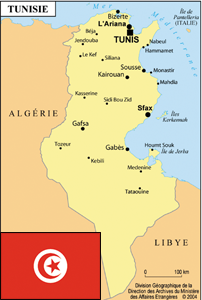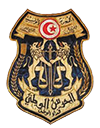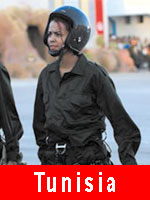
Tunisian National Guard
|
1956 Ministry of attachment: Ministère de l’Intérieur Workforce: 28 000 General manager: Colonel-major Lotfi BRAHAM Address: Route de la Marsa l’Aouina Communication manager: Colonel Tarek AMRAOUI Tél.: +21671 9640000 Fax: +21671962117 Website: facebook.com/garde.nationale Email: goutahs@gmail.com 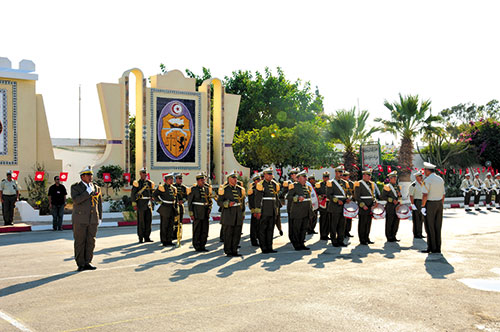
|
History
Before the independence, the French Gendarmerie accompanies the Tunisian task force in spring 1881. The Force of law and order, which becomes established in this protectorate, is transformed into company in 1898, then into legion in 1939. This latter is dissolved in November 1956, following the French-Tunisian independence agreements of March 1956. A "prevotale" (Or "provost") Gendarmerie remains in Bizerte until 1963. The Tunisian National guard is created by the "Beylical decree" of September 6th, 1956, five months after the independence of the country. The order of October 10th, 1956 fixes the particular status of the Corps. In 1962, the National Guard Commander employment is created by the decree n° 62-198 of June the 1st. In 1969, the school of the National Guard is organized in Bir Bouregba by the law n° 69-64 of December 31st. In 1982, the law n° 82-70 of August 6th on Internal Security Forces general status specifies that the National Guard is a part of internal security forces that gather national security guards, the national police force, the disaster and emergency services and prison and re-education guards. In 1991, the National Guard accounts 12 000 officers and non-commissioned officers. Legalist during the 2010-2011 Tunisian Revolution, the Corps is maintained after the fall of president Ben Ali’s regime. Dependent on the Ministry of the Interior, the Tunisian National Guard is in the outposts of the fights against the jihadist movements because of its rural setting-up and presence. Its guards are patrolling in particular in the border zones, along Algeria and Libya, trying to slow down the arms smuggling and to track the suspicious elements. The slogan of the Corps is: "The National Guard for the Homeland".
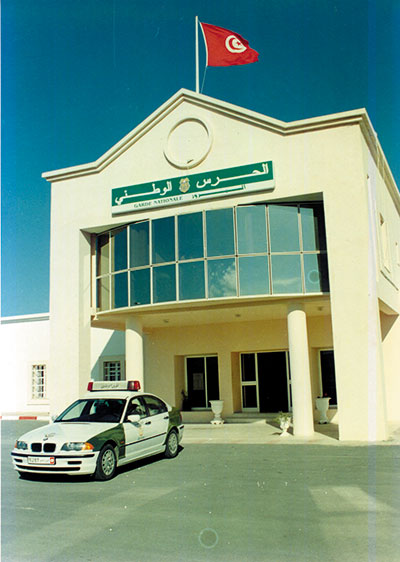
Organization
Central Organization
A Directorate General.
Territorial organization
• 5 districts.
• 34 sectors among which 5 maritime sectors.
• 950 stations.
Specialized Training
• 3 regiments composed of three companies of Intervention Units specialized in the maintenance of law and order located in Ouina, Mornaguia and Ben Arous (Big Tunis). Globally, every district (region) has a regiment of intervention with some ‘bascule’ principles if necessary.
• The National Guard Special Unit (NGSU) created in 1980. It is specialized in fighting against terrorism and the hostage taking resolution.
• The Maritime National Guard.
After having lost its aerial means for the benefit of the land forces, the National Guard is currently working on the re-creation of the former Air Regiments.
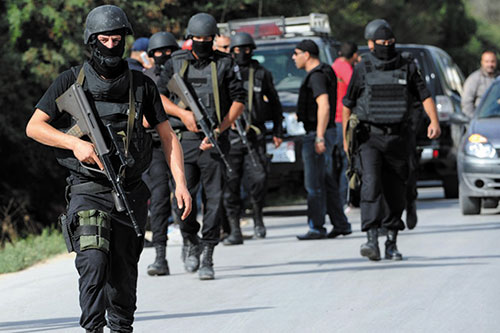
Missions
• Fighting against terrorism.
• The maintenance of law and order and the public security.
• The protection of the land and maritime borders.
• The surveillance of the coast and the control of the respect with regard to the rules of the navigation and the peach.
• The traffic police.
• The Criminal Investigation Department.
• The intelligence in the political, economic, social and cultural domains.
• The control of the explosive and dangerous materials.
Staff
The National Guards counts 28 000 men and women. The staff has a military status but does not live in barracks. There is no conscript. The feminine recruitment dates from 1980. According to the article 3 of the decree n° 2006-1162 of April 13th, 2006 concerning particular status of the National Guard agents, the Corps of the National Guard is composed of the following executives:
• Officers: General officers, Senior officers and Junior officers;
• Non-commissioned officers;
• Corporals.
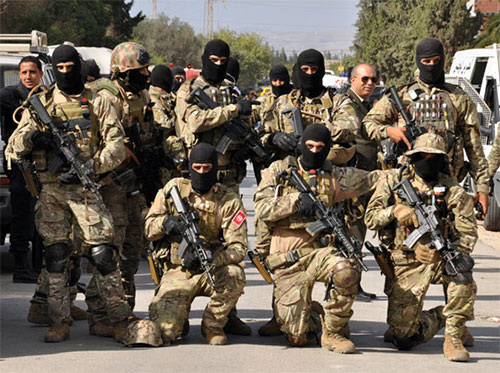
There is a non-commissioned officers competition at the High School Diploma level. The prize-winners go to the military academy for 5 years, followed by one year of implementation/application. Half of every promotion of this year of implementation/application is also provided on file with "interns" holding a university Master’s degree. According to the university level, the candidate can be also directly recruited with the rank of warrant officer (from the level of High school diploma + 2). Since, the recruited candidate makes only one year of training in the Bir Bouregba initial training school.
Training institutions
• The School of the Bir Bouregba National Guard.
• The Monastir National Guard naval School.
• The Chebika School of specialization.
• The Beja commando squads’ school of Beja.
• The Mornaguia Dog Unit School.
Main equipment
• Armament: Teyr AUG, Sturmgewehr 58 (FAL FN).
• Light Vehicles: Peugeot 406 break, Renault Fluence, Volkswagen Jetta, BMW E46, BMW E32, Mitsubishi pick-up, Alfa Romeo 147, Porsche 911, motorcycles (BMW R 1200RT).
• Transport and Fight Armoured vehicles: EE-11 URUTU Riot Control.
• Nautical means: patrol boats P350TN, patrollers Classes 800 / P58, Classy 700, Class Squalo, Class 500.
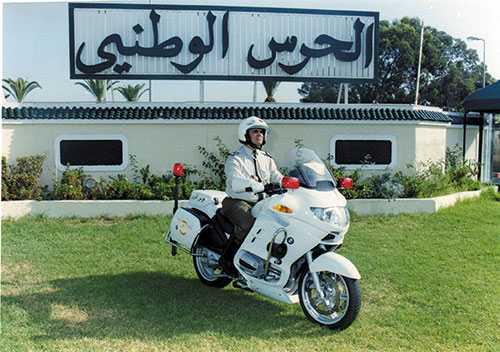
Cooperation
In March 2015, a FIEP (France – Italy – Spain – Portugal) delegation is welcomed in Tunis within the framework of completion of formalities regarding a candidacy for the National Guard to join the FIEP.
The national Guards participate in the missions under the UNO mandate as in Ivory Coast, Congo, Central African Republic, Darfur, Cambodia, Somalia, Former-Yugoslavia and Haiti, etc.
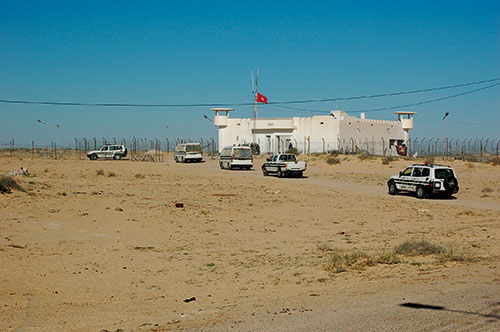
© The iconography was provided by the concerned gendarmeries

